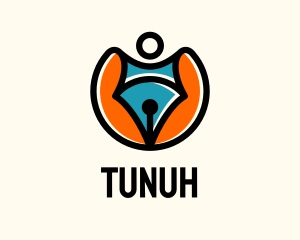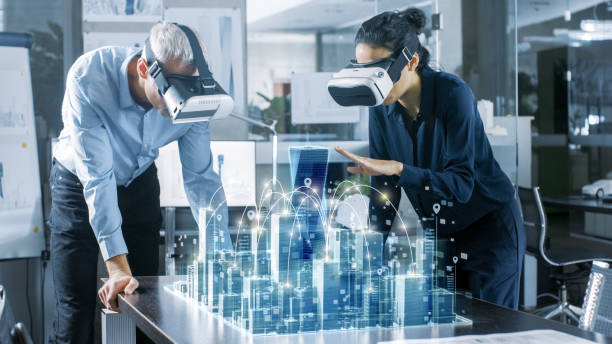Technology for Human Capability Development
Human capability development is the process of helping people improve their performance and capabilities in order to achieve specific goals. Capabilities help organizations, teams, and individuals make more informed decisions about their future by articulating what they can do. They also help them understand how much current resources can support expected future performance. This blog post focuses on the primary challenges organizations face when developing human capability. It discusses why organizations fail at human capability development, how technology can help address these challenges, and the benefits of a systematic approach to human capability development.
Why is it so hard to develop human capability?
Human capability development requires organizations to address multiple challenges. Some of these challenges are inherent to the process of developing human capability. Other challenges are due to the broader context in which organizations operate. This context includes the business environment, their culture, and their stakeholders. Organizations need to address all of these challenges because humans, despite their innate abilities, are limited in what they can do due to their environment and the resources available to them. Human capability development is about finding creative ways to overcome these limitations and help people achieve more. The inherent challenges include the fact that humans are fallible, limited in what they can do due to factors outside of their control, and constantly changing. This makes it challenging to predict outcomes. Humans also have limited attention, and they make mistakes. Finally, humans are social creatures, and they need to interact with other people. This means that they need the right technology in order to be effective.
Step one: Set context and define the desired outcome.
Human capability development requires an understanding of context, including the business environment, their culture, and their stakeholders. This context sets the stage for the desired outcome. The desired outcome informs how human capability development will operate within the organization and how stakeholders will be involved. The desired outcome is the desired outcome for the business. It is typically produced by the chief strategy officer, chief operations officer, or chief marketing officer. These executives often have a global or long-term view of the business. Human capability development is also a desired outcome for the organization. It is the desired outcome for the team or individuals within an organization. This desired outcome is informed by the stakeholders involved.
Step two: define a human capability model.
The next step in human capability development is to build the model for the team, organization, or individual. It should focus on the essential components of a human capability framework. Those components include the following: Definition of the desired outcome: What do people need to do? What do they need to know? What do they need to have? What do they need to buy or access? Definition of the current state What is the current state of the team, organization, or individuals in terms of their strengths, skills, and experience? Definition of the desired outcome: How will the team, organization, or individual get from their current state to the desired state? What will they need to do? What will they need to know? What will they need to have? What will they need to buy or access? Process for achieving the desired outcome: How will the team, organization, or individual achieve the desired outcome? What activities will they perform? What will they need to do? What resources will they need to access? What will they need to know?
Read More: The Top Solid State Batteries You’ll Find Inside of Our Store
Step three: Build a capability-focused tech stack.
The third step in building a human capability model is to build a capability-based tech stack. This stack includes the following: Software: the technology needed to operate within the business environment, including enterprise resource planning, human resources management, and decision-making software. It also includes the software needed to help employees perform their tasks, including project management software and enterprise communications software. Hardware: the technology needed to operate within the business environment, including network routers and switches, desktop computers, laptops, and smartphones. It also includes the hardware needed to help employees perform their tasks, including monitors, printers, and keyboards. Data: The data needed to operate within the business environment, including the data used by software and hardware, such as server logs, user data, and access data. Service: The services needed to operate within the business environment, such as cloud services, virtual private networks, and computer maintenance.
Step four: Conduct validation and barrier analysis.
Human capability development is about finding creative ways to overcome the inherent challenges of developing human capability. This validation and barrier analysis helps organizations determine if their human capability model is valid and if it includes the essential elements of a human capability model. Validation is about testing and proving that the model is valid. This validation can be done by validating the model against the stakeholders, by validating the model through research, and/or by validating the model through pilot projects. Barrier analysis is about identifying any barriers that may prevent people from achieving the desired outcome. Once these barriers are identified, they can be addressed. This validation and barrier analysis can be done by validating the model through pilot projects and/or by validating the model against the stakeholders.
Step five: Create a plan for future development.
Human capability development is a long-term process. This long-term approach requires organizations to prepare for this future development by creating a plan for future development. This plan can be developed in different ways. The most common approach is to operationalize a human capability model. This plan can be formalized as a process template or as a Microsoft Excel spreadsheet. Operationalizing the human capability model helps teams understand how the model works and how it could be used in a variety of contexts. It also helps organizations create a regulatory compliance and risk assessment for the model. Operating the model helps teams understand how their skills and experience relate to other people’s skills and experience. It also helps organizations understand opportunities for growth and areas that could benefit from continuous improvement, or CxO.
Conclusion
Human capability development is a long-term process that requires organizations to overcome the challenges inherent to developing human capability. This process can be operationalized in different ways. The most common approach is to operationalize a human capability model. This model can be formalized as a process template or as a Microsoft Excel spreadsheet. It can also be visualized as a chart or map. Human capability development is about finding creative ways to overcome the challenges inherent to developing human capability. This validation and barrier analysis helps organizations identify any barriers that may prevent people from achieving the desired outcome.




